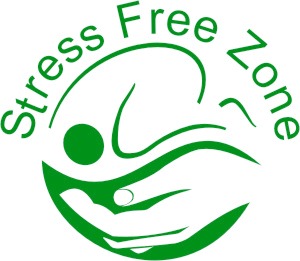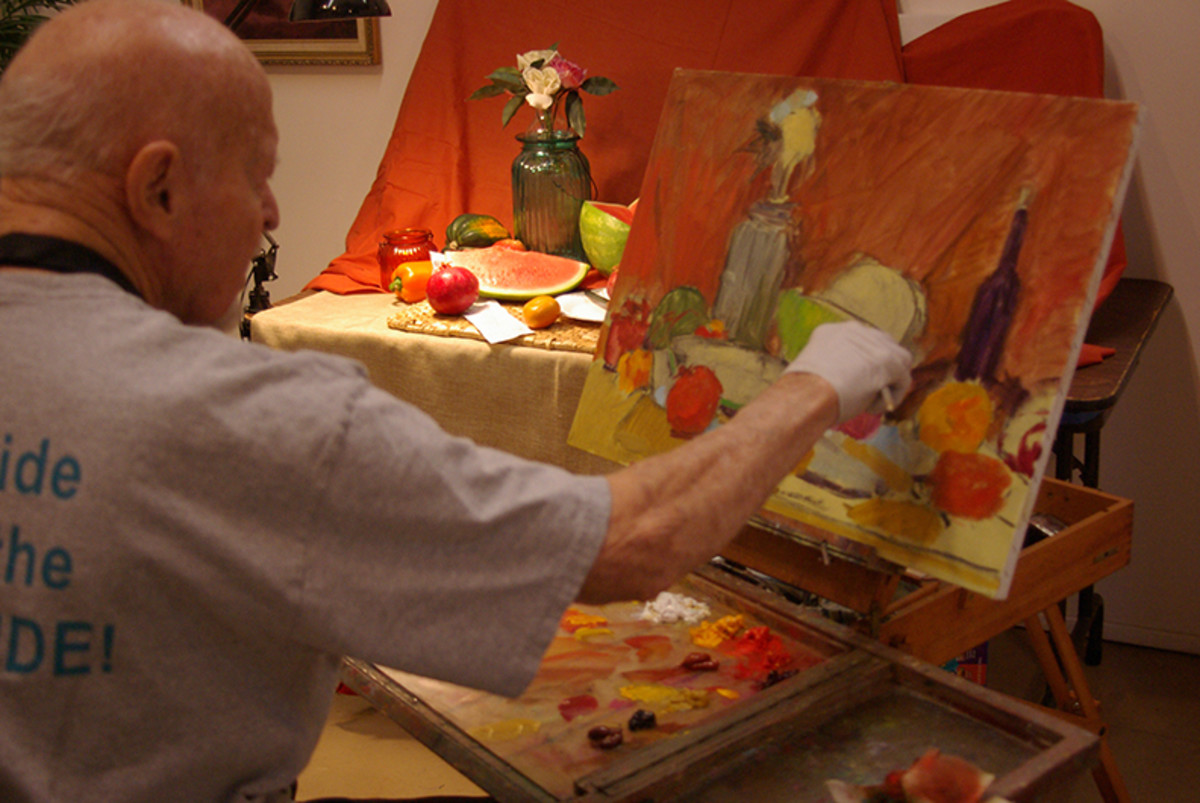Creativity and Modelling: how to align your internal and external states to achieve successful outcomes

‘When everything you think, do, say, and believe about our capabilities to take on challenges and win aligns in the same direction as our goals, we become truly powerful.’
Frances Coombes on aligning our logical levels
It is usually said that ‘experience has structure.’ But what does this mean? We normally hear people use these words namely, map, blueprint, or framework to graphically represent the flow or sequence of one activity or another. How did they come about that? It is based on their conceptual ‘snapshot’ of their story towards a creative endeavour. More often than not following their map in a similar circumstance may help you reach your own destination. However, this depends entirely on been able to align with the internal and external states to create the same experience. Sometimes, we take these life’s experiences for granted. Why? This could be ignorance of the fact that these wisdom that is available to has taken effort, resources, and a lot of time to perfect.
This article will seek to explore the model of the creative process and will compare the attributes required to be creative and compare the outcome with modelling successful people. It will suggest that that in order to succeed in a creative process that there is need for an alignment between our internal and external states.
The creative process
Before describing the stages in a creative process, I have to first explain what I mean by internal and external states. Any domain or system has a rule governing it as well as the environment where it operates. By internal and internal states I mean the different environmental influence that does impact the ability of the individual to operate successfully in that environment. In the case of creative environment, there are different levels of states and activities required for accomplishments of a creative endeavour.
Micro and Macro Levels: The micro level identifies specific but relevant details of a persons cognitive process; whereas the macro level identifies a general pattern relating to a style or approach to creativity.
The micro level will look at the cognitive pattern accompanying persons – Test Operation Test Exit (T.O.T.E) model of creativity process. The model is a feedback mechanism which looks a creative process in four steps:
TEST – This is a fixed future goal and the evidence is the achievement of the goal
OPERATION – involves flexibility of means to accomplish goals
TEST– takes you back to the loop for the TEST to see if the fixed future goal was accomplished
EXIT – is termination of the loop and hence the creativity process if the TEST was accomplished
The macro level identifies classes of goals, evidence, procedure or evidence associated with particular types or stages of creativity.
For one to successfully implement the creative process to be both levels – micro and macro has to be balanced.
Modelling successful people
In Neuro linguistic programming (NLP), the process of modelling revolves around the elicitation of the program an individual uses to accomplish effective performances.
In modelling successful people it is important to understand as well apply what they do at different levels namely:
Behaviour
Beliefs
State of mind, and
Sensory awareness
This is because these attributes make up the whole experience when a person is engaged in the process that leads to a successful outcome.
At the behaviour level it is important to see what they do or did not do. But remember that our behaviour is based on our thoughts and the pictures that we paint in our minds, which affects our feelings and ultimately what we do and the result s we get.
Beliefs are very important, since they are the driving principles which give a sense of impetus in our decision making. Positive belief ae necessary to achieve our outcomes, and may even become our purpose. Beliefs are work together with our values and provide the standards which form the basis of how we live as well as provide the juice that motivates us to do things.
State of mind or our attitude is the window through which we see the world and could determine our precepts. It could become a reference through which we evidence further outcome based on our past experience. We need to understand the state of mind successful people model in order to achieve.
Sensory awareness reminds us of the sensory experiences that successful people engage in. What are they seeing, hearing, feeling, tasting, and smelling that contribute to making them exceptional at a particular task.
Just like in the creative process it is important that these attributes that result in a successful outcome for modelling a successful outcomes are followed to the letter; it is like a ‘balancing act.’
Conclusion
In the discussion, I have used internal and external states to refer to the mental and physical demands of a creative process at the micro and macro level. Modelling a successful person is basically an elicitation of the creative model; and in both cases the realisation of a successful outcome of a creative process or modelling requires alignment of these internal and external states. However in most case a successful outcome might result in the ability to intelligently adapt to the problems introduced by the environment or the system.
Ben Ugoji ©2010
Article source: http://www.hubpages.com/profile/lemmyc








